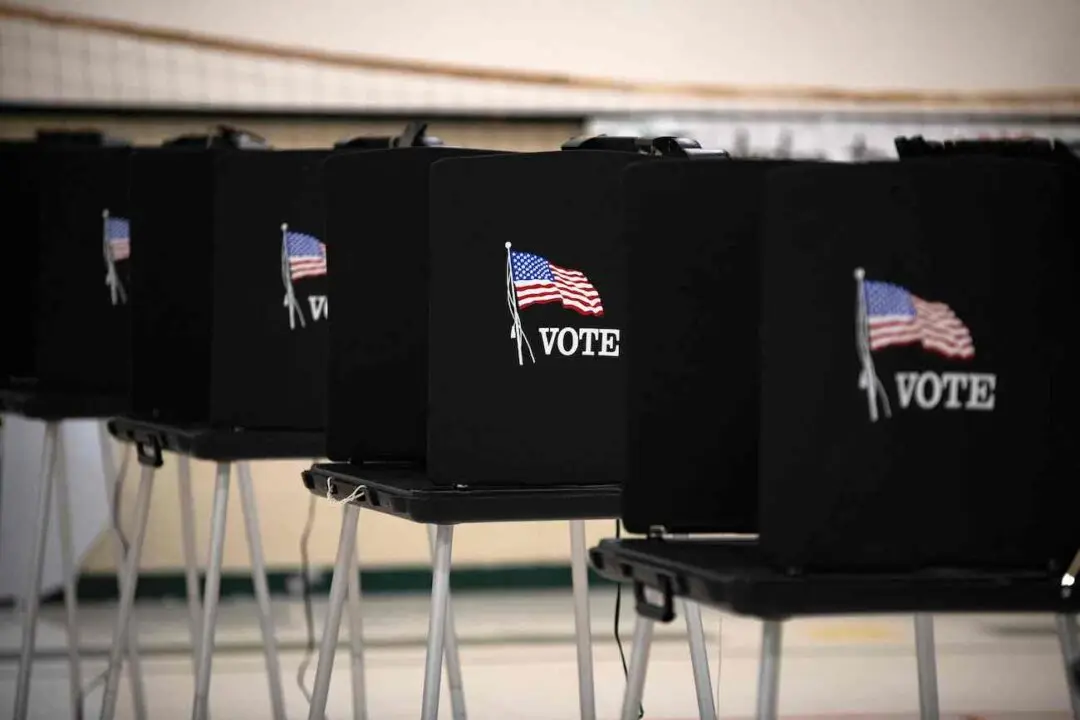Commentary
When society has widespread faith that its institutions and the experts who guide public policy are unbiased, its people can tolerate a lot—even when things don’t happen to go their way. In recent years, however, this confidence has taken a beating, especially among conservatives, according to a Gallup 2022 poll.






